The global dropshipping market was worth $128 billion in 2020, and it’s expected to reach $557.9 billion by 2025.
But what is involved in dropshipping, and what are the challenges? In this post, we’ll explore those questions and more, and show you why using a system with advanced inventory management (like Brightpearl) is the key to success.
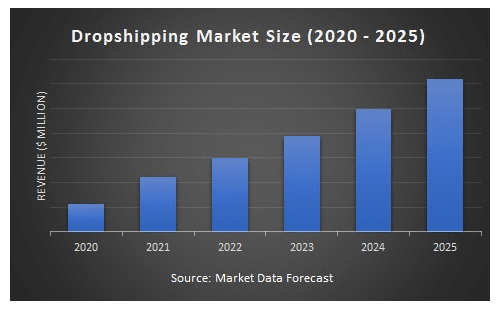
What is dropshipping?
Dropshipping is a method of retail fulfillment in which the vendor sells products without holding any physical inventory. Instead, the seller maintains a storefront and acts as a middleman between the customer and the supplier.
As a retailer, you purchase goods from a supplier and advertise them through your e-commerce website, or your eBay or Amazon store. When a customer places an order, it’s your dropshipping partner who packages and ships the product directly to the customer.
Benefits of dropshipping
Not having physical inventory allows you to run your business from anywhere, and you’ll save a lot of time on inventory management. This makes dropshipping a good choice for startups and entrepreneurs—but it’s also scalable, so you can continue to offer it alongside other fulfillment methods as you grow.
The low setup cost is also an advantage. There’s no upfront investment required, and you don’t have to deal with storing inventory. Dropshipping is low risk for sellers, as you won’t get stuck with a pile of unsold products.
Without the need to store inventory, you can also offer a bigger selection of products—which makes it easier to tap into new trends. Dropshipping is useful for launching a new store and for testing new product categories.
Challenges of dropshipping
Because anyone can become a dropshipper, it’s super-competitive, so you’ll have to work hard to make your business stand out—which can be tricky when you’re paying high fees to your suppliers. If you’re working with a number of distributors, your shipping costs can be quite complicated.
The more distributors you use, the more challenges there are in getting orders to customers. Different suppliers have different shipping times and locations, and it can be hard to keep a close eye on stock levels. Plus, you can’t customize the packaging with your own branding.
Another downside is that you don’t have full control of the customer experience—you have to rely on the supplier to get it right, and that may not always happen. If an order is missing or damaged, it’s your responsibility to deal with the complaint (even though it wasn’t your fault).
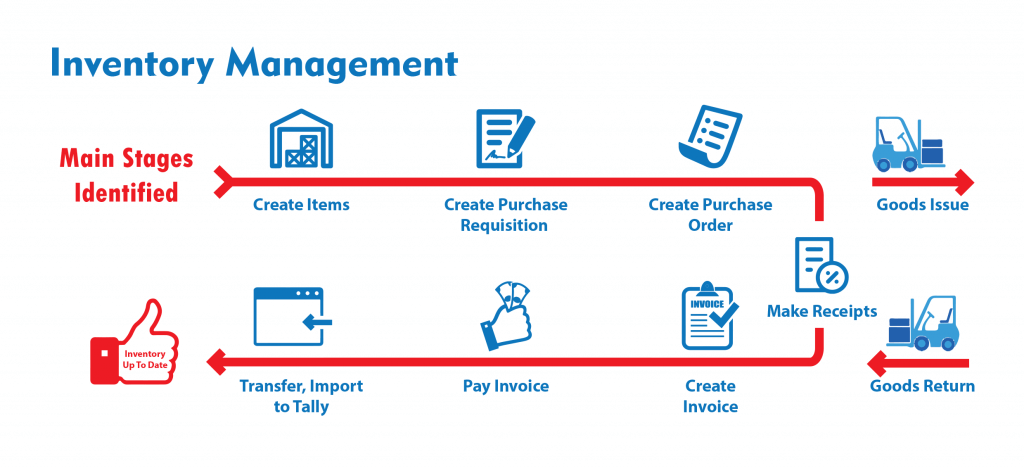
Source: ecommerce-platforms.com
Dropship inventory management
You might assume that if you use the dropshipping business model, you won’t need to worry too much about inventory management. But that couldn’t be further from the truth. Despite not holding your own stock, you still need to keep a close eye on your suppliers.
Dropship inventory management involves syncing data from distributors with your online store. The supplier provides a product data feed containing information such as the product identifier (SKU), quantities, and cost. It should also include product titles, descriptions, categories, and images.
Most major e-commerce platforms can be programmed to automatically email dropship suppliers when you receive an order. But you’ll also need a software solution for inventory and order management—ideally as part of a full retail operating system like Brightpearl.
Why is dropship inventory management important?
Inventory management is critical for any retail business, but it becomes even more so with dropshipping—especially when you’re using multiple distributors. You’ve still got to rely on the suppliers to get things right at their end, but implementing your own inventory management practices gives you some control.
It’s essential that you maintain visibility of the inventory held by your suppliers, in order to provide realistic delivery information to customers. You also need to see data on shipping, so you know the status of each order and can identify problems as soon as they happen.
Strong communication with suppliers is vital, and it’s also a good idea for your business to maximize efficiency to offset dropshipping costs. With inventory management software from a reliable provider, you can view and sync the data in real time and manage all your suppliers in one place.
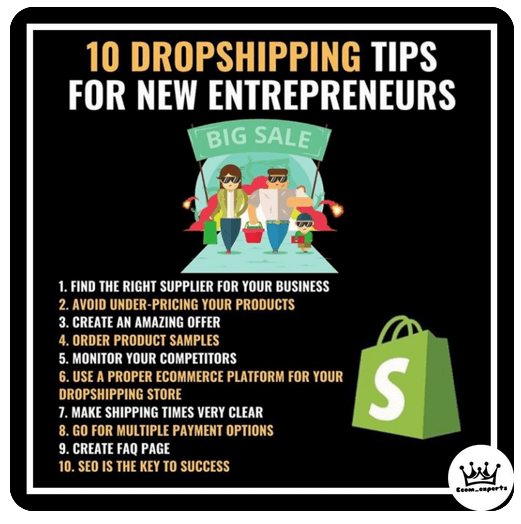
Source: pinterest.co.uk
Dropshipping best practices
There are a few things to consider before getting started with dropshipping. As well as choosing the right management software, you also need to think about your budget, the sort of products you want to sell, and whether you’re going to offer dropshipping alongside other fulfillment methods. Here are some top tips:
Create your own write-ups
Your supplier’s product data feed should contain descriptions of the items you’re going to sell. However, you don’t have to use this wording on your website.
Remember, they’re sending the same thing to all their vendors—so it’s best to edit the descriptions to fit your brand personality. When your customers feel that the product is unique, they’re more likely to add it to their shopping carts.
Explore suppliers
Do your research—look at reviews, ask for referrals, and find suppliers who guarantee quality products, accurate data, and reasonable costs. Ask about handling fees, billing process, shipping methods, and tracking data.
Check out local firms, online distributors like AliExpress, or use a site like Oberlo to connect you with suppliers. If you source dropshipping products from multiple suppliers, it won’t be such a problem if one of them discontinues a product or frequently sells out.
Keep products on hand
Even if you’re a small business, consider keeping some products on hand so that you can photograph them yourself. This is a great way to strengthen your brand identity and stand out from all the other e-commerce stores (again, the supplier will send the same images out to everyone).
It also enables you to verify that the products meet your standards, which you can’t do if you never see any of them!
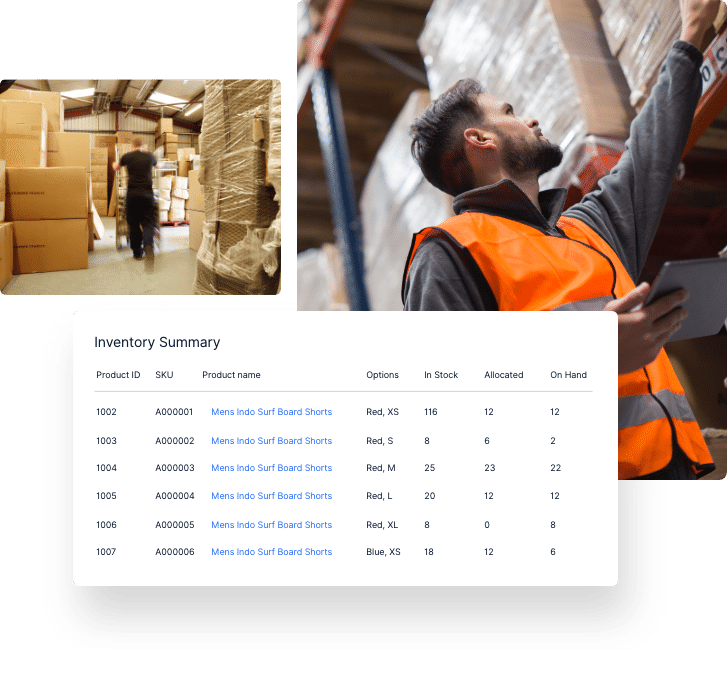
How can Brightpearl help you with dropship inventory management?
Brightpearl is a comprehensive retail operations platform, specifically designed for retail businesses. Because it’s not a one-size-fits-all system, it’s ideal for managing all methods of fulfillment—including the dropshipping model.
Supply chain management features let you handle all your suppliers in one place, and keep track of communications, dropship orders, and payments due. Brightpearl automatically places purchase orders with suppliers when required, and you can set rules for which suppliers to order with when you’re out of stock.
You also get instant inventory updates, with real-time information on new customer orders, replenishment, returns and transfers. Brightpearl syncs data from all your sales channels, 3PLs, ad platforms, and marketing tools—and provides data-driven demand forecasting and reporting.
Brightpearl offers a high level of automation, including the ability to quickly set up dropshipping rules for specific customers, channels, or products. You can ship items in different ways based on sales channels, and automate order splitting and routing.
Benefits of working with Brightpearl
Whether you’re new to dropshipping or you just want a better management system, Brightpearl has you covered for all inventory-related tasks.
Flexible and scalable
Brightpearl’s features are designed to grow with your e-commerce business, and the adaptable architecture supports retailers of all sizes. The SaaS approach is highly scalable, as you pay a monthly subscription and add extra features if required (plus unlimited users at no extra cost). And the flexibility extends to the range of shipping options you can offer your customers.
360-degree view
Brightpearl gives you full insight into every corner of your business, from syncing data between suppliers and online stores to viewing customer profiles with the built-in CRM. You can integrate your accounting, create purchase orders, and manage multi-channel selling with the POS system linking all your stores.
With product performance analysis and super-accurate reporting, you’re able to make better decisions, while real-time forecasting and smart demand planning help you maintain the right inventory all year round.
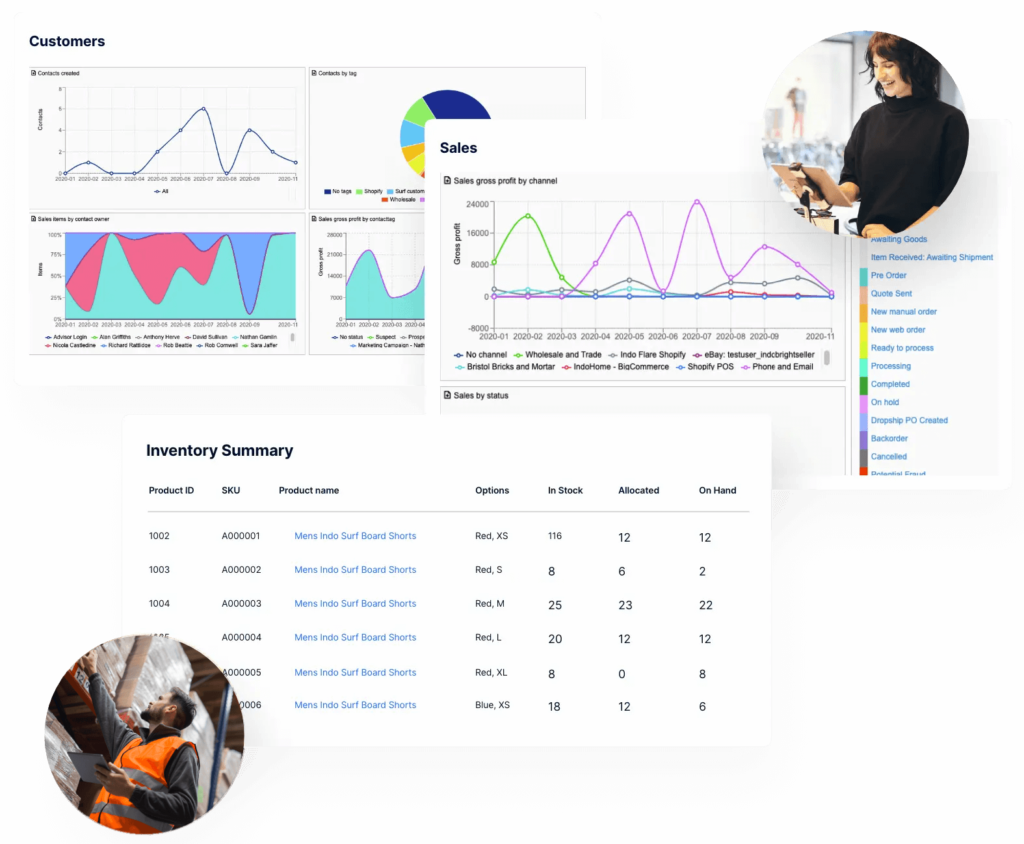
Smart automation
Brightpearl’s Automation Engine helps you streamline your processes to save time and money. It automates tasks like order fulfillment, inventory allocation, and generating invoices—which means you can get more done with fewer staff, as well as reducing human error.
You can set up customized rules to deal with shipping, payments, and returns, while you and your suppliers have access to a web portal that removes the need for manual tracking and data entry.
Multiple integrations
With 60+ Plug & Play integrations, you can build your own personalized ecosystem of apps to help you with all aspects of retail. The connections are native rather than third-party, and there’s also deep API so you can easily add new features and functionality.
Popular integrations include the top e-commerce platforms (Brightpearl is a certified partner of Shopify, Shopify Plus, BigCommerce and more), major marketplaces, and a ton of 3PL, shipping and accounting options.
Takeaway
Dropshipping shouldn’t be seen as a way to make “easy money”, but with planning, dedication, and the right software, it can boost your profit margins. It’s a low-cost, low-risk model—as long as you choose reliable suppliers and keep a close eye on your inventory.
Brightpearl provides all the tools you need to manage dropshipping successfully, plus great customer support when you need it.
